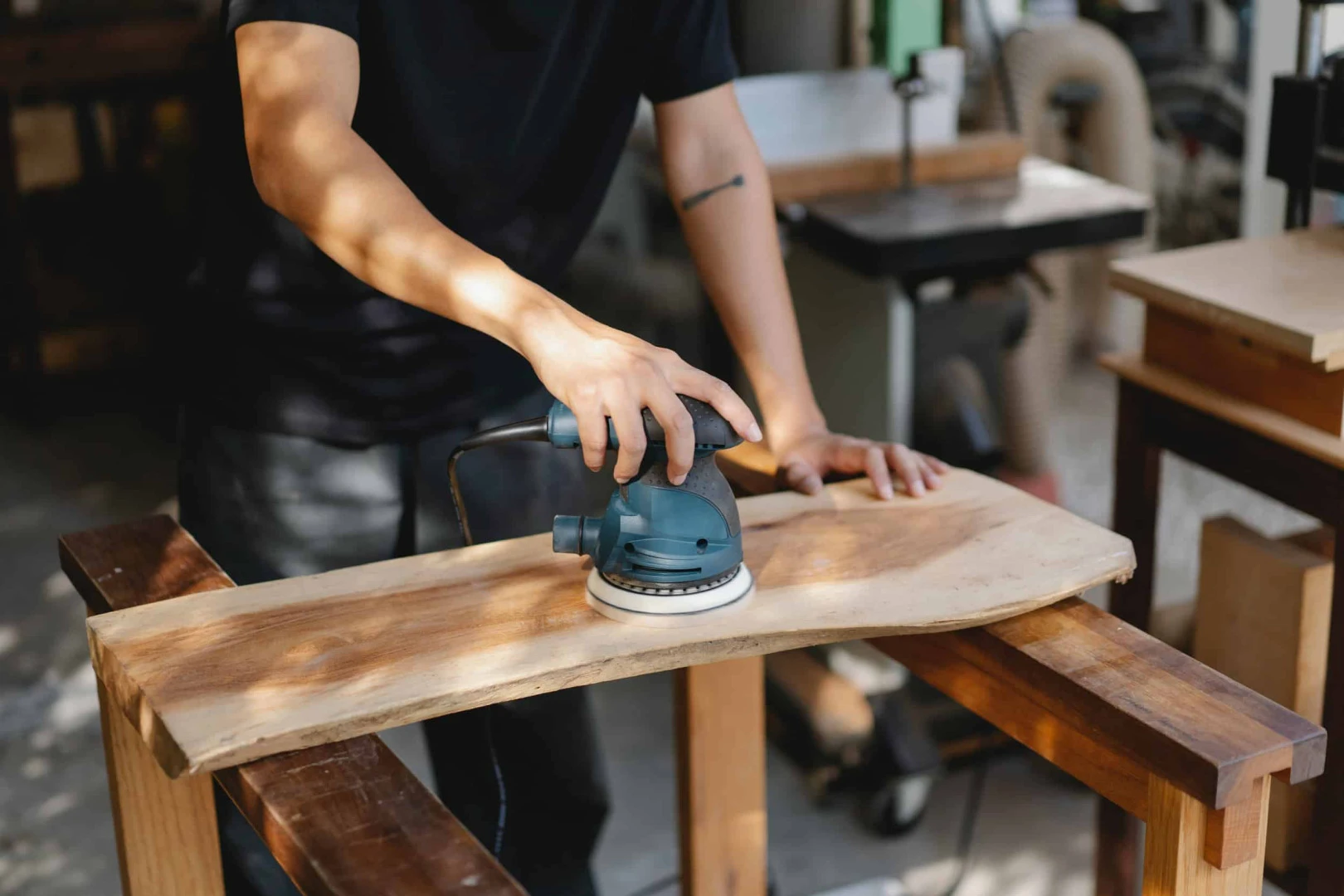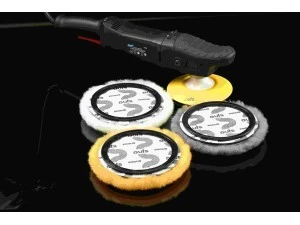Pad and machine compatibility is influenced by many factors and is therefore not always standard. Production processes, the materials used, and the final product’s purpose affect the choice of pad type. Different machines are designed for specific operations, each requiring distinct pad characteristics. For example, parameters like machine speed and applied pressure during polishing directly impact the appropriate pad selection. Choosing the correct pad ensures desired surface quality, increases efficiency, and reduces production costs. Consequently, developing industry-specific solutions is essential.
Why Pad and Polishing Machine Compatibility Matters
Pad and machine compatibility is a critical factor for achieving high-quality surface finishes. The correct pad choice enhances polishing efficiency, while the wrong selection can cause unwanted marks or surface damage. Compatibility depends on machine speed and applied pressure, which affect pad performance. A proper match extends the life of both the workpiece and the machine while minimizing energy consumption and material waste. Ensuring pad-machine compatibility is therefore crucial for productivity and quality outcomes.
Incompatible Equipment Reduces Performance
Using incompatible equipment can significantly decrease polishing performance. The wrong pad choice can lead to over-polishing or insufficient surface processing, wasting time and resources.
Unwanted Surface Damage: Incompatibility can create scratches or deformations.
Increased Maintenance Costs: Machine components may wear out faster.
Inefficient Processing Times: Repeating tasks extends production and lowers efficiency.
Without proper pad-machine compatibility, both quality and operational efficiency suffer.
No Universal Pad Fits Every Machine
There isn’t a single pad suitable for all machines because each machine has different operating conditions and technical requirements, necessitating varied pad types. Machine parameters—such as rotation speed, applied pressure, and material type—determine the appropriate pad. Aggressive polishing may require thick, durable pads, while delicate surfaces need softer pads. Custom pad solutions for each machine are essential for optimal quality and performance.
Pad Diameter vs. Machine Backing Plate Hardness
The pad diameter and backing plate hardness relationship is critical for polishing efficiency. The pad diameter determines the coverage area and pressure distribution, while the backing plate hardness affects applied force and surface contact. Harder plates with larger pads can provide more aggressive polishing, increasing surface quality in certain cases. Incorrect combinations, however, can damage the surface. Balancing pad diameter with backing plate hardness enhances both quality and machine performance while improving user comfort.
Why Appropriate Plate Hardness Matters
Correct backing plate hardness offers several advantages:
Stability: Ensures uniform surface processing.
Reduced Damage Risk: Minimizes scratches or deformation.
Energy Efficiency: Less energy is required for effective polishing.
Proper plate hardness maximizes polishing efficiency and quality.
Correct Pad-Machine Combination Improves Comfort
A well-matched pad and machine reduce operator fatigue and enhance work comfort.
Improved Control: Easier and safer machine handling.
Lower Error Rate: Reduces risk of mistakes during polishing.
Increased Job Satisfaction: Comfortable, efficient operation improves productivity.
Ensuring pad-machine compatibility positively affects both human and production factors.
Pad Selection for Rotary Machines
Rotary machines rotate in a single direction, so pad density and durability are critical. Thick pads allow aggressive polishing, ideal for hard surfaces. Pad material choice reduces friction and heat, minimizing deformation. Correct pad selection enhances surface quality and prolongs machine life.
Rotary Machines Rotate in One Direction
The unidirectional rotation increases friction and surface processing efficiency. Pads must match rotary movement to achieve smooth surfaces. Selecting the right pad maximizes the advantages of rotary motion.
Pad Selection for Orbital Machines
Orbital machines operate with circular oscillation. Pad texture and material must adapt to this motion for smooth, damage-free polishing. Soft and flexible pads conform to oscillation, providing uniform, high-quality finishes and extending machine lifespan.
Orbital Machines Operate with Circular Oscillation
This mechanism ensures gentle pad-to-surface contact, even energy distribution, and reduced surface defects. Flexible, compatible pads optimize results and efficiency.
UFS Orbital Pads for Optimal Compatibility
UFS orbital pads are designed to match orbital machines perfectly. Available in different hardnesses and textures, they adapt to circular oscillation for consistent surface quality. Using UFS orbital pads increases efficiency, extends machine life, and minimizes deformation, offering reliable and high-performance polishing solutions.



